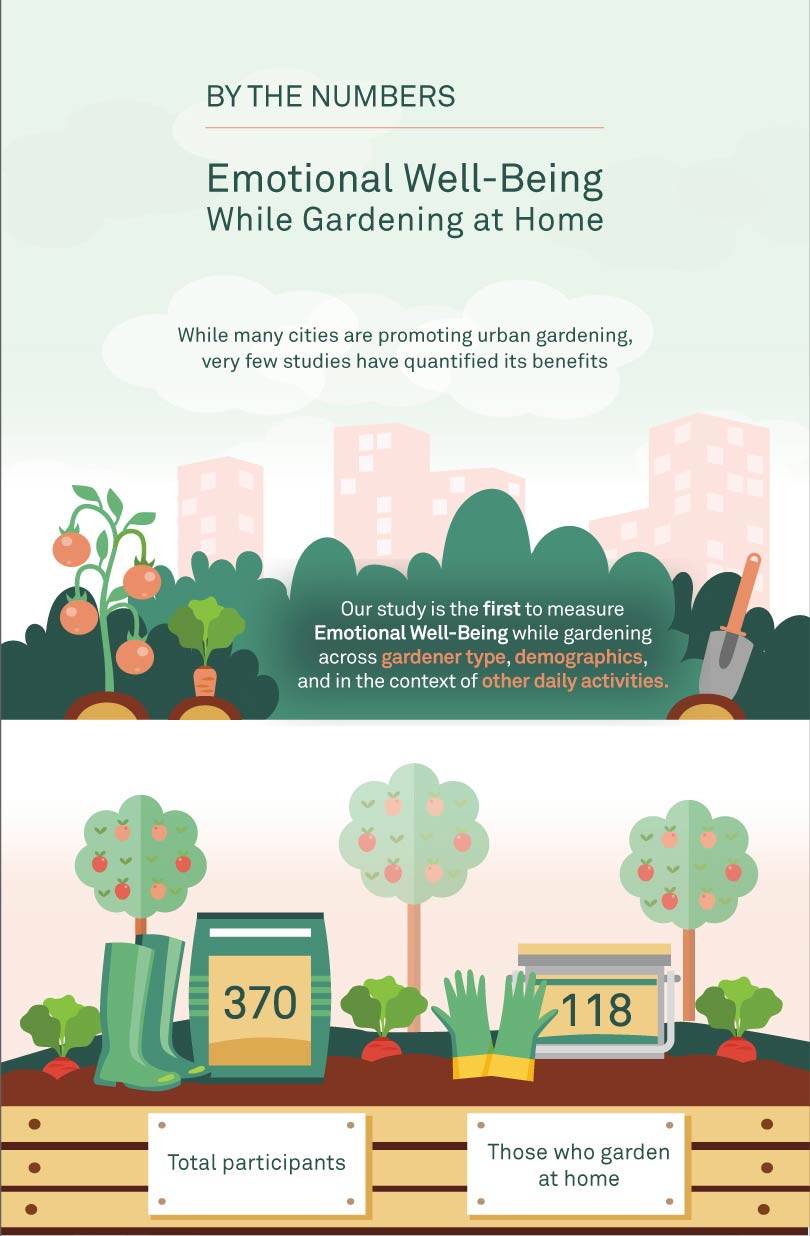City Blooming Things To Know Before You Buy
City Blooming Things To Know Before You Buy
Blog Article
The Basic Principles Of City Blooming
Table of ContentsCity Blooming Can Be Fun For EveryoneNot known Details About City Blooming Some Known Details About City Blooming 4 Simple Techniques For City BloomingThe 7-Minute Rule for City Blooming
Nature has amazing results on our physical and mental health, so it's not a surprise that a simple succulent on a desktop computer or some potted herbs on a windowsill can immediately enhance a space. Take those plants an action better, and you'll cross into the area of urban horticulture, which brings much more benefits to people and communities alike.What Are Urban Gardens?Urban gardening, sometimes understood ascity horticulture, is defined as "the procedure of cultivating environment-friendly spaces in urban settings. "It incorporates a selection of projects from urban farming to patio yards to area gardens - urban gardening. Urban gardens can be tended by individuals, groups, business, or organizations. The amount and range of food expanded can differ commonly, in addition to the size of the task itself, yet city horticulture campaigns are all rooted in a city setting.
Whether they contain a collection of pots on a veranda or a cluster of stories on an uninhabited whole lot, these yards supply even more than food, supplying a host of ecological, economic, and social advantages. Since produce is grown in neighborhood settings rather than far-away farms, city horticulture reduces transport requirements, consequently minimizing carbon emissions.
Get This Report on City Blooming
Sustainable and natural agriculture gets rid of or decreases a lot of the environmental damage that would certainly be incurred by commercial farming methods. Environment-friendly areas in cities assist lower the urban warm island result. Urban farming stimulates regional economies and sustains regional food producers. Neighborhood horticulture tasks commonly use food at little or no expense, which helps boost food spending plans and enhance food safety and security. Urban yards can be devices of social change that address injustices, systemic bigotry, and neighborhood growth concerns. Here at Appetite For Adjustment, we use food as a tool to develop wellness, wide range, and social modification in North Minneapolis. We bring people with each other to find out, prepare, eat, and expand food, developing change that lasts.
Surf our store, consider volunteering, or contribute today to support our amazing effect in North Minneapolis! With each other, we can produce well-rooted and growing modification!.

The main lesson we, once more, have to find out is that cities are not separated from nature. They belong of the larger biome in which they're located. As coordinators and designers, we are educated to believe holistically. While these fields of study promote cities as beneficial, no city is perfect not also close, and the vulnerabilities and interconnections of the global supply chain has actually affected all of us in unpredicted methods.
The Ultimate Guide To City Blooming
I will take a look at models from the past that advertised city gardens and garden enthusiasts, and reveal what functioned and what did not. I will certainly review the possibilities and challenges of being a city gardener, what is needed to establish a garden of your own, and what legislations and requirements stand in the method of making cities better at advertising urban gardens.
The amount of time threw away getting to and from conventional offices has actually been well recorded. One noteworthy research study concluded that before the pandemic, Americans wasted approximately 54 hours a year travelling. The accumulated negative effects of contamination and anxiety that arise from travelling alone by auto as a lot of Americans do are considerable.
The ability to come to the workplace for partnership and culture, and remain home for focused work is a concept that conserves time, is better for the setting and is a smarter use of minimal resources. What hasn't yet taken hold is the link in between these modifications in actions and how cities might react.
City Blooming - The Facts
What are the wellness impacts of our cities unexpectedly overdesigned for cars? Exactly how can our city infrastructure (roadways, utilities) do far better, not Home Page only as avenues to move people and goods, but as contributors to all-natural systems? Urban phenomena such as smog, poor water high quality and the 'warmth island effect' can be alleviated by greening our roads, energizing our lorries and growing our car park whole lots.
In a current write-up in the Wall Street Journal, Richard Florida went over the sensation of 'zoom cities,' which bring in remote employees by developing a photo of a better of life (indoor plants). He wrote: "For cities, remote work changes the focus from luring firms with unique bargains to luring talent with solutions and services
Urban horticulture currently has several alternatives to aid you grow food wherever you have space, such as with container horticulture, hydroponic horticulture, and rooftop horticulture. This suggests you can manage the place where you expand the food, and fret less concerning ecological problems like dry spell or chilly weather. You can pick what you desire to grow, just how you intend to expand it, and where you intend to grow.
City Blooming for Beginners
Expanding mass-produced food with traditional farming methods takes a great deal out of the earth. Past the several resources that are utilized on the ranch, the food then needs to be transferred from where it is expanded to a shop near you. That calls for melting a lot of fuel. Usually in the U.S., food is now delivered in between 1,500 and 2,500 miles to get to the consumer.

Report this page